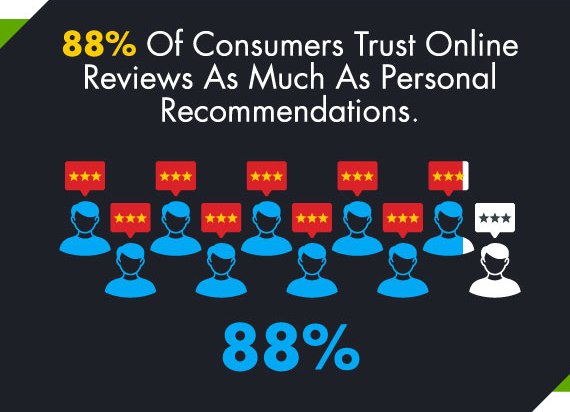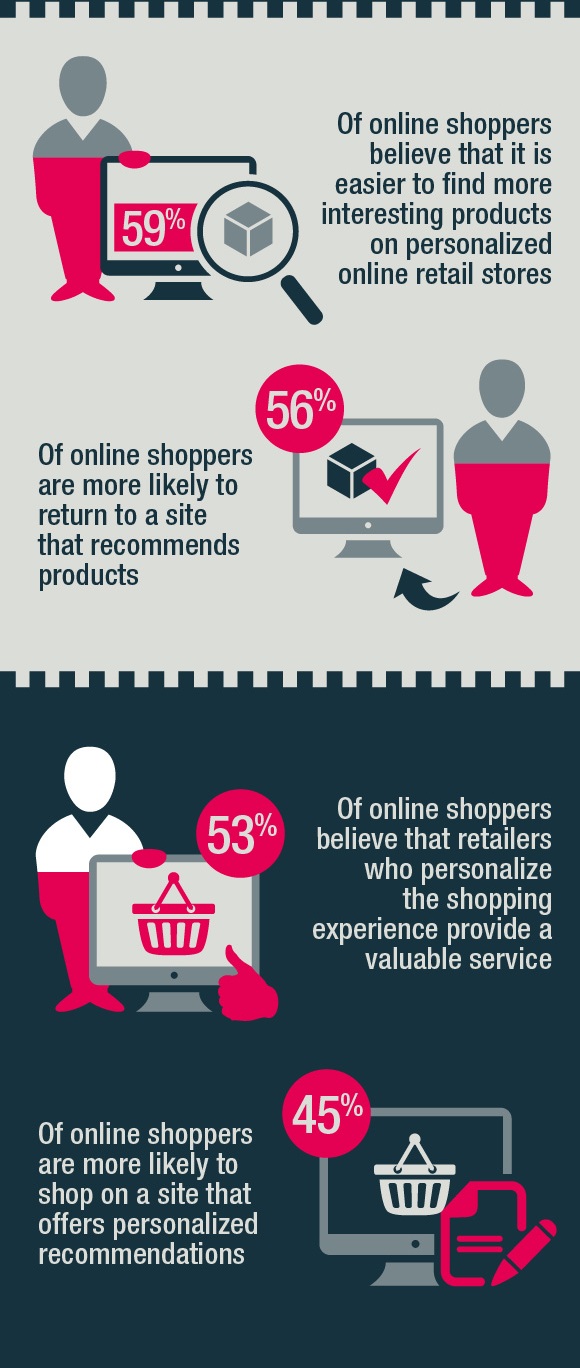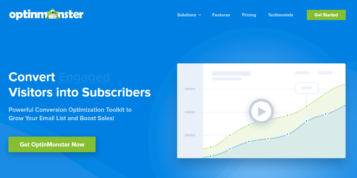The evolving demands of the modern consumer can be hard to keep up with. They expect something new with every offering, something that is meant ‘exclusively’ for them. And whether you’re able to offer this ‘exclusivity’ or not makes or break the deal for your business. So, how do ensure that your customers feel special and your bottom line remains hefty, especially amidst so much competition? Use personalization to your rescue.
The changing dynamics of consumer demands and the many options available today call for focused marketing to grasp the attention and relish of customers. Personalization differentiates a typical marketing funnel from an extraordinary one.
Let’s understand how you can use personalization to optimize your marketing funnel for success.
1. Driving Inclusion of Feedback: The Customer Journey Perspective
It’s your anniversary and you want to buy your wife a diamond ring. You plan to try the new e-store. It’s product range is amazing and they are giving a discount on online payments.
So you go ahead and make a purchase.
Do you?
No.
First you go ahead and check the reviews for the online store. You want to be sure that the past customers are happy with the service before you hit the pay button. The concept and psyche remains the same when your customers are making a purchase from you.
So, what’s the takeaway for a marketing expert or business owner here? Well, a lot!
Firstly, it will be a waste to just use direct marketing material such as fliers, billboards and other media driven advertisements to define your marketing funnel.
Customers will rather trust the experiences of other customers.
Hence, highlight the opinions of your previous customers. This is where investing in customer feedback forms and polls becomes of prime importance. You can use them to populate testimonials to attract prospective customers. Publish what went right with the previously served customers, and keep the presentation style real. Including actual customer profiles will also go a long way.
Source –Invesp
It all boils down to respecting emotions and establishing a humane connect. A Journal for Marketing Research points out that emotionally connected brands showed 3 times the number of word by mouth publicity chances in customers, as compared to those offering dry content instead of emotional engagement.
2. Inbounding and the Art of Being A Listener
It has been professed, not once but a zillion times over, that getting your idea through to somebody does not come from being an exceptional orator; it simply boils down to being an avid listener.
When you listen to the problems and concerns of your audience, rather than inundating them with media rich broadcasted content, you tend to develop a sense of trust with them. And then when it’s your turn to do the talking, it is accepted much better. This is where incorporating inbound into the marketing funnel can work wonders for you.
When you start using inbound selling mechanisms instead of outbound broadcasting means, you effectively pull in the qualities of a good listener into the marketing funnel. Create an engaging marketing funnel progression so that you capture the needs and demands of customers without asking them about it straight away.
3. Targeted Individualistic Approach
Increased social media usage has personalized the buying experience for customers, something they even crave for in the media content.
While there are marketing funnels which thrive on predictive tools to drive strategies, you can achieve great results by personalizing these strategies that offer a personalized experience for customers, giving them what they want, rather than trying to carve their wants in the first place.
Source – Online Shopping Personalization
Another key benefit of this approach is that your marketing funnel will concentrate more on customers who are already looking for what you are offering, thus reaching better conversion rates.
4. Timing the Content Within the Marketing Funnel
The marketing funnel harbours a host of content.
However, it is also crucial to provide the right content to the customers at the right time, to make the customer journey engaging and elating.
A report from Forrester highlights that one third of marketers handling B2C or B2B interactions acknowledge that it is the timing of presenting a content module, which gets the customers hooked on. While a marketing funnel might not naturally support such a need, inducing some smart and insightful content management within it can prove extremely useful. However, it is important to ensure that your marketing team is equipped with the right tools to make this happen.
A February 2016 survey from Demand Metric looked at the reasons marketers do not personalize content, and found that many don’t have the technology (59%), while others don’t have the necessary resources (59%).
5. Targeted Landing Pages – Taking Personalization to the Next Level
While personalization copy, customer communication, and social media messages are important, they aren’t enough. They are just the beginning.
To show your customers some love, and to make the best use of personalization, you must plan the next steps ahead of time. You don’t want a beautifully designed, targeted email campaign to direct your prospects/customers to a shabby, generic landing page. Do you? So it is best to create dynamic landing pages that match with the theme of your mail campaign. This consistency leads to better customer experience, while helping your brand stand out.
6. Targeted Incentives
Personalization begins with understanding the buyer behavior but isn’t complete without rewarding the customers based on this behavior.
Incentives can also lead to a significant increase in the bottom line, up to 19% according to Monetate. Personalization has had impressive effects on the sales and revenue of various businesses. According to report from Venturebeat, Microsoft saw a 37% drop in the bounce rate, while a 10% increase in the add-to-cart rate. Similarly, Gamestop saw a 41% increase in average order value.
Your business could be next.







